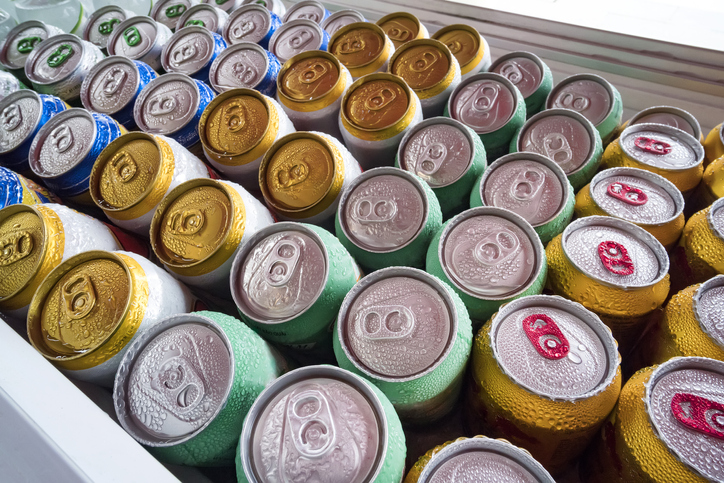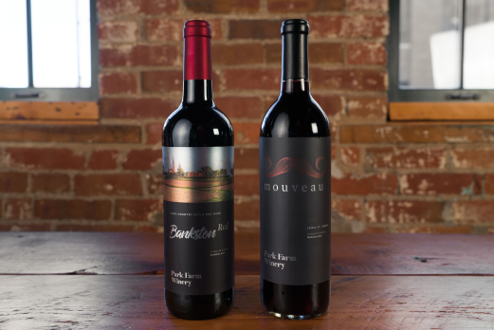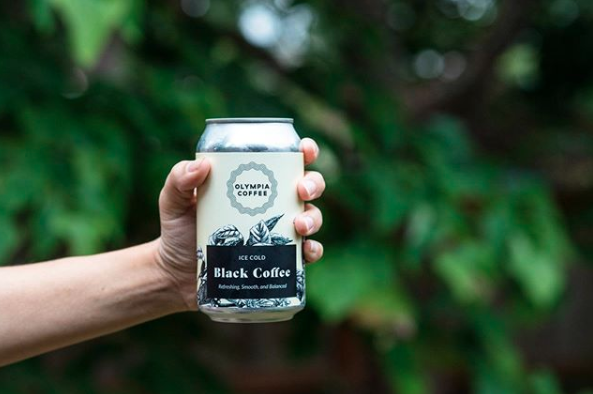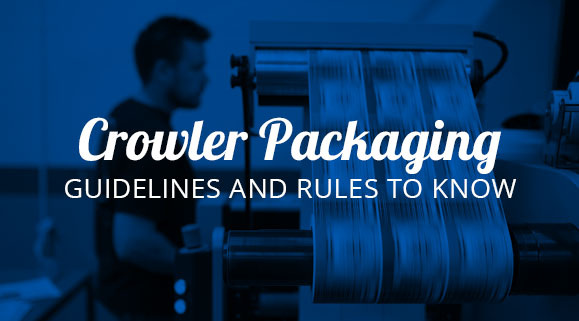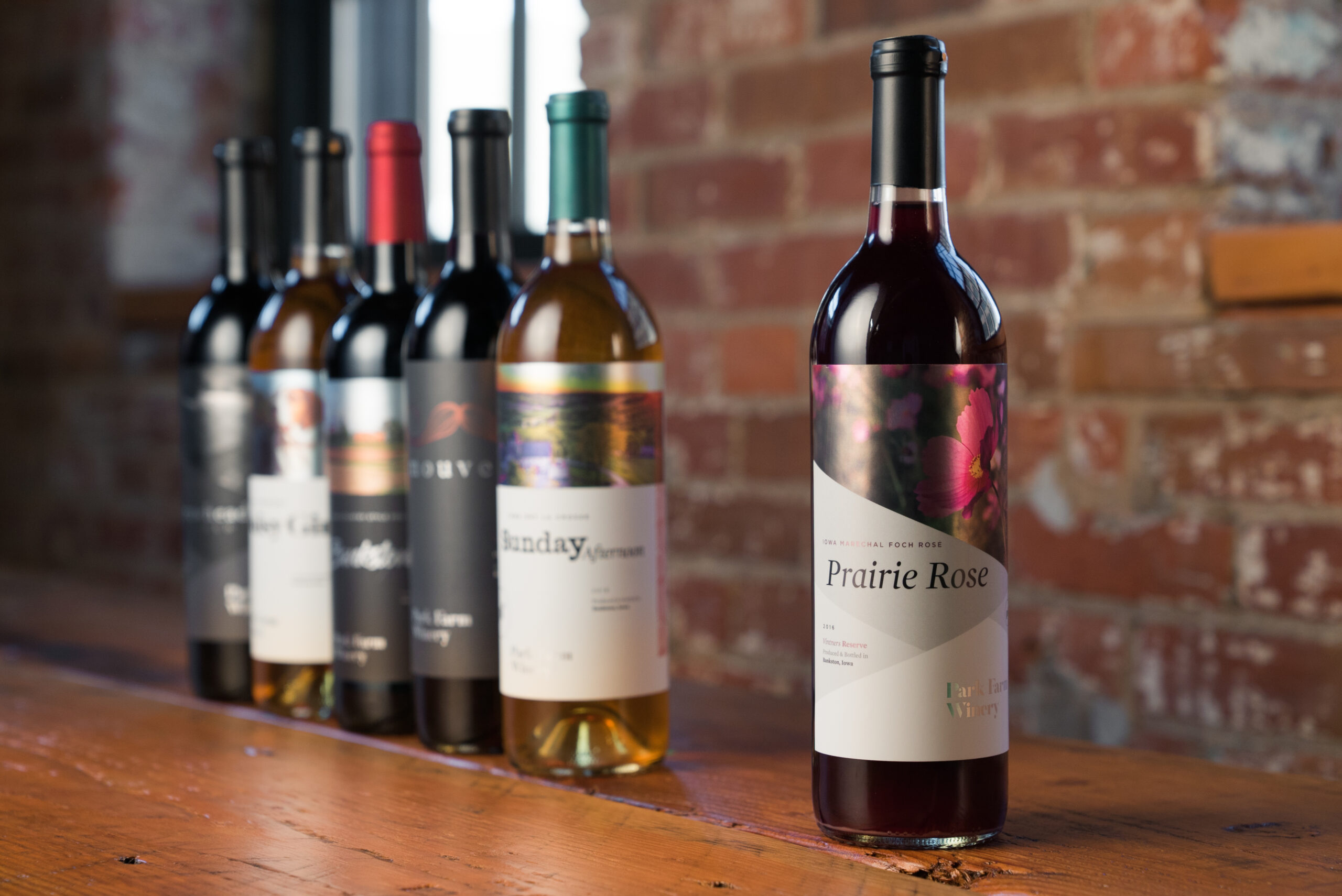3 Reasons Why the TTB Turned Down Your COLA (and How to Avoid Them)
- COLA
- compliance
- net contents
- TTB
- warnings
Of course, this requirement means you need to play by the TTB’s rules. This process applies to your initial application for a COLA and if you make future changes to your labels – all it takes is a single TTB audit to pull your products from shelves. There is a lot of information required on wine labels and other alcoholic packaging, so the TTB will pay close attention to make sure everything is in the right place.
TTB regulations can seem a bit overwhelming, but a little guidance can help you properly prep your beer, wine, and spirits labels. It also helps to know about a few particular COLA pain points. Here are three common reasons why the TTB may turn down your COLA.
The Government Warning Statement isn’t Right
One of the easiest mistakes to make involves the mandated government warning. Any product that contains at least 0.5 percent alcohol by volume requires a government warning on its label. That warning reads as follows.
- GOVERNMENT WARNING: (1) According to the Surgeon General, women should not drink alcoholic beverages during pregnancy because of the risk of birth defects. (2) Consumption of alcoholic beverages impairs your ability to drive a car or operate machinery, and may cause health problems.
Seems simple right? The tricky part is that the TTB is very particular about the presentation of this warning. The warning should read exactly as it does above, including how the first two words are bolded and capitalized. Even a missing or misplaced comma can result in a failed COLA.
In addition, the TTB has specific format requirements for the warning. First, the warning itself must be “readily legible under ordinary conditions” and appear in a contrasting background. Second, the TTB sets the following minimum required type sizes depending on the the size of the container:
- Eight or fewer fluid ounces – Minimum character size of one millimeter
- More than eight fluid ounces and up to three liters – Minimum character size of two millimeters
- More than three liters – Minimum character size of three millimeters
Finally, the TTB sets a maximum number of characters per inch depending on the type size of your text.
- One millimeter – No more than 40 words per inch
- Two millimeters – No more than 25 words per inch
- Three millimeters – No more than 12 words per inch
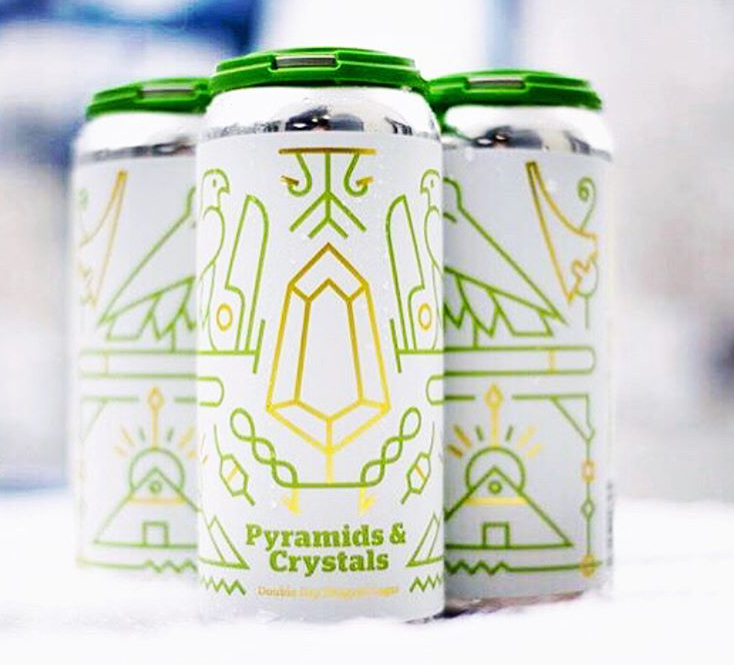
The Net Contents Are Improperly Displayed
Another potential pain point for COLA applications involves just how much fluid your containers, well, contain. Beer, wine, and spirits all have different standards when it comes to net contents, so it’s important to hone in on the specific rules for your particular product and label them appropriately.
Net contents for beer labels
For beer labels, the TTB has a variety of net contents ranges. As such, the TTB requires you to list net content depending on which range your product falls under:
- Use fluid ounces or fractions of a pint for containers with less than a pint
- Use “1 pint, 1 quart, or 1 gallon” for those exact measurements
- Use either fractions of a quart or pints and fluid ounces for containers with more than one pint, but less than one quart
- Use either fractions of a gallon or a mix of quarts, pints, and fluid ounces for containers with more than one quart, but less than one gallon
- Use gallons and fractions thereof for containers with more than one gallon
Net contents for wine labels
While beer regulations for net contents allow for a wide range of sizes, wine follows a set list of options. Wine bottles must abide by the TTB’s authorized standards of fill. This means that wine containers must hold one of the following amounts of fluid.
- 50 milliliters
- 100 milliliters
- 187 milliliters
- 375 milliliters
- 500 milliliters
- 750 milliliters
- 1 liter
- 1.5 liters
- 3 liters
According to the TTB, containers with less than a liter of wine should state net contents in milliliters, while those with more than a liter should use liters and decimal portions rounded to the nearest hundredth of a liter (ex. 1.5 liters). In addition, the text for net contents should use the following sizing rules:
- At least 1 mm for containers with 187 milliliters or less
- At least 2 mm for containers with more than 187 milliliters
While the TTB has the set authorized amounts at the moment, that may change in time. The TTB released a notice in July to consider the elimination of all standards of fill except for a 50 milliliter minimum and a 3.785 maximum. The period for public comments on the notice closed Oct. 30, so the TTB should make a ruling at some point in the future after it weighs public feedback.
Net contents for spirits labels
Like wine, spirits containers have certain standards of fill. However, these standards differ slightly depending on your specific container.
- Bottles and other non-can containers
- 50 milliliters
- 100 milliliters
- 200 milliliters
- 375 milliliters
- 750 milliliters
- 1 liter
- 1.75 liters
- Non-resealable metal containers in the general shape and design of a can
- 50 milliliters
- 100 milliliters
- 200 milliliters
- 355 milliliters
The TTB does make some exceptions to the standards of fill for specialty products like bitters, cordials, and other products. Regardless, any containers of 200 milliliters or more require the net contents to be at least one-quarter inch in height (containers with less than 200 milliliters are unspecified).
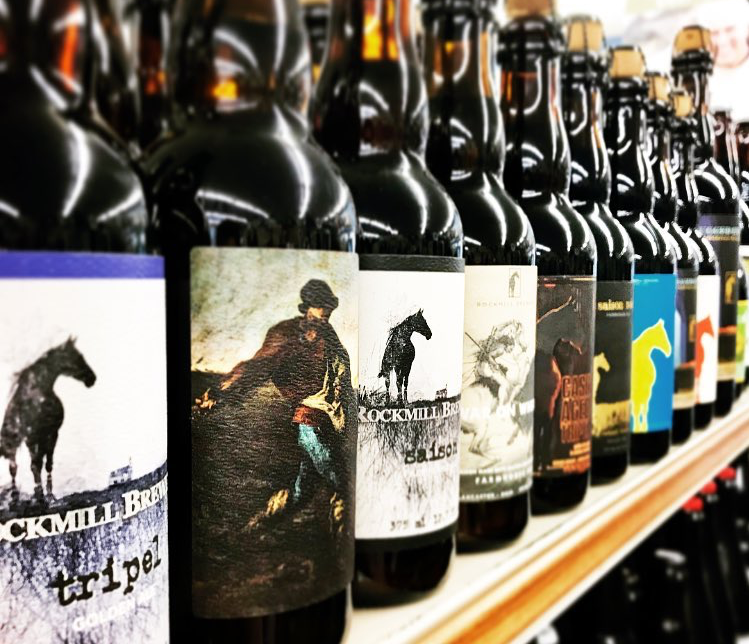
You Added New Text without Approval
It’s pretty common to change part of your label at some point. Between updating some of the language or adjusting your design, you may want or need to reprint your label. Some changes are completely fine according to the TTB, such as the following examples.
- Delete non-mandatory label information, graphics, and other elements
- Reposition approved label information
- Change colors, shapes, and proportionate sizes of labels
- Adjust type size, font, and spellings of words as long as it complies with regulations
- Change the net contents statement for new container sizes
- Change the mandatory statement of alcohol content as long as the change is consistent with the class and type designation
While those changes won’t lead to any issues, there are others that are off limits when done without the TTB’s knowledge. If you make a change that’s not on the allowed list and the TTB audits your products, they can pull the offending products due to non-compliance. As such, you’ll want to obtain a new COLA depending on your planned changes.
Make Your Beer, Wine, and Spirits Labels Shine with the Right Printing Company
Once you get your COLA approved for a brand-new label or some changes to an existing design, it’s time to find a good digital label printing company to get your products ready for sale. Blue Label has the state-of-the-art equipment and printing experts to help you determine the right materials and printing capabilities for you to get the most out of your label design.
Ready to dazzle your customers with quality beer, wine, and spirits labels? Contact us today to talk to us about your next label printing project.
